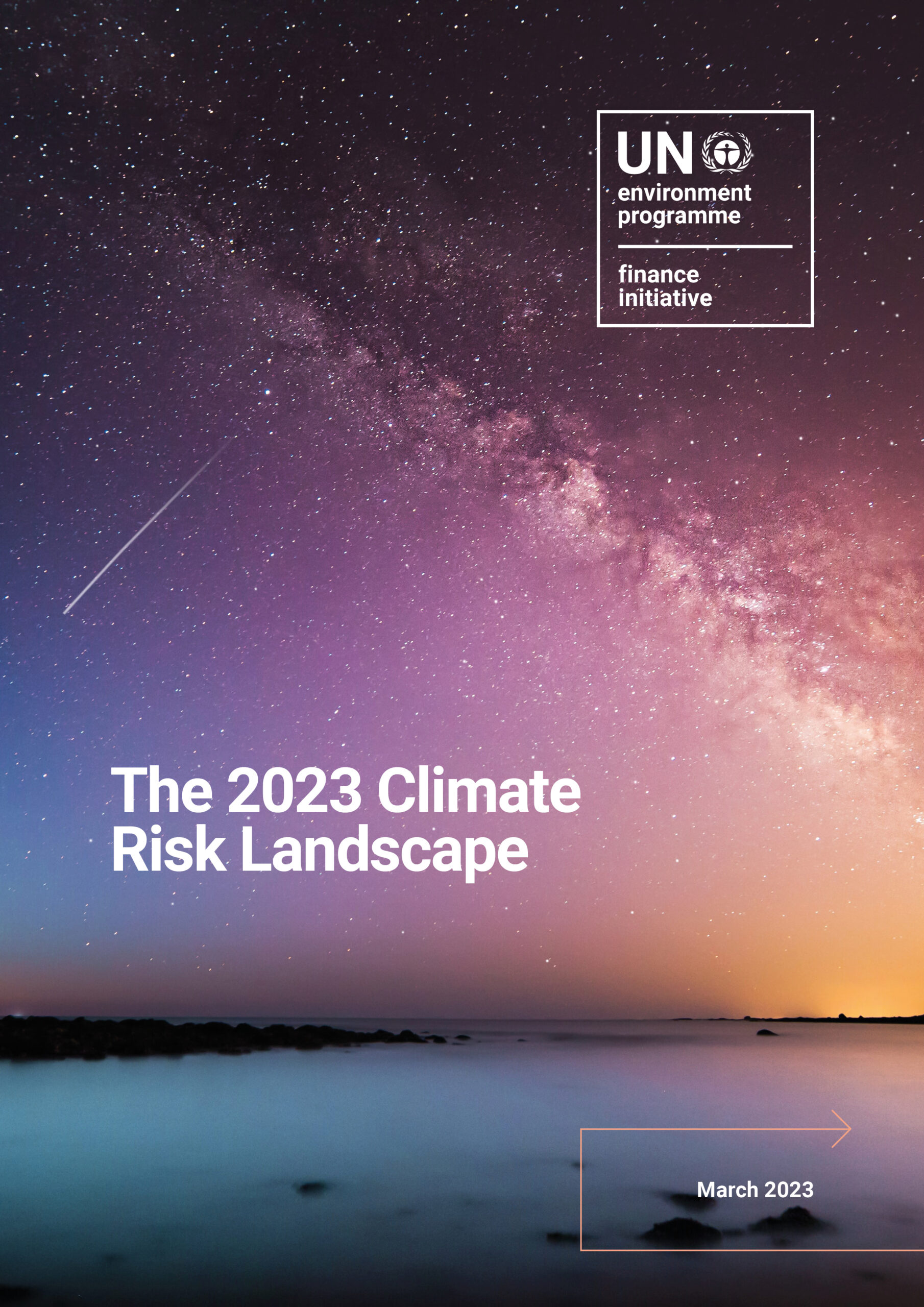The Kunming-Montreal Global Biodiversity Framework(GBF) was adopted by 196 Parties to the Convention on Biological Diversity at COP15 in December 2022. It is a major milestone in the international effort to halt and reverse the loss of biodiversity and contribute to nature-based solutions, beginning a new era for nature in the way the 2015 Paris Conference did for climate.
The Framework calls on actors across society and our economies – including financial institutions (FIs) in the public and private sectors – to work together to transform our relationship with nature. Notably, all financial institutions should be aware of:
- Goal A: the overarching goal to halt and reverse biodiversity loss by 2030.
- Goal D: a clear ambition to align financial flows with the expressed vision of “living in harmony with Nature” by 2050.
- Target 15: calls for the assessment and disclosure of nature-related risks, impacts and dependencies by large companies, including financial institutions.
- Target 19: calls for a substantial increase in public and private financial resources – by at least USD 200 billion annually – towards addressing the nature-related funding gap.
Efforts in most jurisdictions are already underway to update ‘national biodiversity strategy and action plans’ that translate the full suite of goals and targets into policy and regulatory transformation. These changes are relevant to numerous business activities and supply chains, and present new risks as well as sustainable finance opportunities for FIs. UNEP FI supports our members and key stakeholders to feed into and respond to these developments, and work together implement the Framework within their own remit.
Resources for the financial sector
To support and facilitate the implementation of the Kunming-Montreal Global Biodiversity Framework, we have published a number of resources to help various actors within the financial landscape gain an thorough understanding of the Framework, and identify ways to integrate nature action in their policies and decision-making processes.
- High-level roadmap: Aligning financial flows with the Kunming-Montreal Global Biodiversity Framework
Suitable for all actors, ranging from financial ministries, financial supervisory entities, public development banks, private financial institutions and investors, who wish to gain a high-level understanding of the GBF, as well as existing commitments, guidance and frameworks within the financial landscape. - Banking on nature: What the Kunming-Montreal Global Biodiversity Framework means for responsible banks
A briefing paper specifically for banks who wish to understand the relevance and implications of the GBF on the banking industry, and how they can take action immediately. - Stepping up on biodiversity: What the Kunming-Montreal Global Biodiversity Framework means for responsible investors
A report that supports investors in understanding the GBF’s goals and recommendations, as well as managing associated risks and preparing for anticipated policy developments. - Nature-Positive Insurance: Evolving thinking and practices
A briefing paper specifically for insurers, explaining the role the insurance industry can play in supporting the implementation of the GBF, and thereby supporting the transition to a nature-positive economy.
Key actions that FIs can take immediately
- Identify nature-related risks, impacts and opportunities across their business operations and portfolios, by using recognised tools and methodologies such as ENCORE and guidance from internationally recognised initiatives such as the TNFD.
- Set organisation-wide strategy on nature, including the definition of science-based targets that take ambitious action to restore and protect nature, using guidance from internationally recognised initiatives such as the Science Based Target Networks or UNEP FI-published resources such as the PRB Nature Target Setting Guidance for banks.
- Participate in the relevant industry platform for banking, insurance or investment. Set portfolio-wide targets: For example, many banks that are members of the Principles for Responsible Banking are setting biodiversity targets as one of the two mandatory targets they must set within four years of becoming a signatory.
- Get involved in sectoral and thematic platforms such as the Sustainable Blue Economy Finance Initiative or the Good Food Finance Network, according to your portfolio, to shape norms that will be picked up across the industry in the decade ahead.
Useful links
- Why the new Global Biodiversity Framework matters to members of the Principles for Responsible Banking
- COP15 – A turning point for nature and the insurance sector
- What’s next for financial institutions and nature-related risks?
- The Global Biodiversity Framework: why aligning financial flows is key
- 150 financial institutions, managing more than $24 trillion, call on world leaders to adopt ambitious Global Biodiversity Framework at COP15
Members of UNEP FI also have access to a dedicated list of sector-specific resources relating to the Global Biodiversity Framework on this page in the UNEP FI Members Area.


